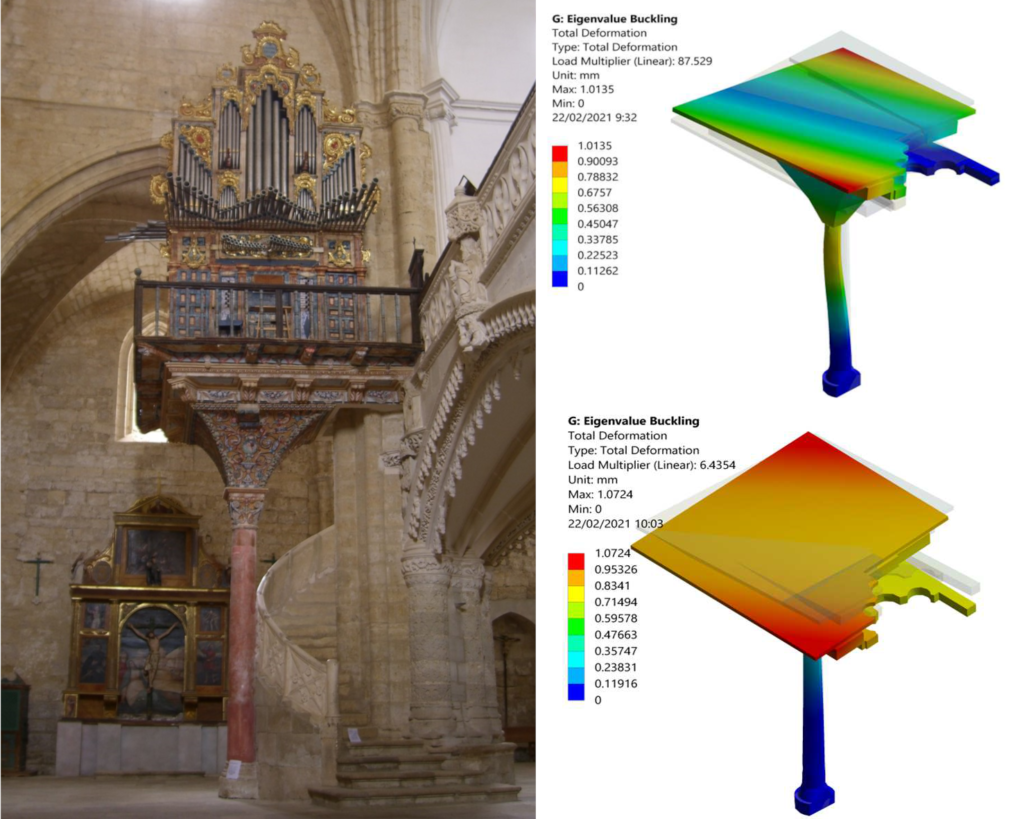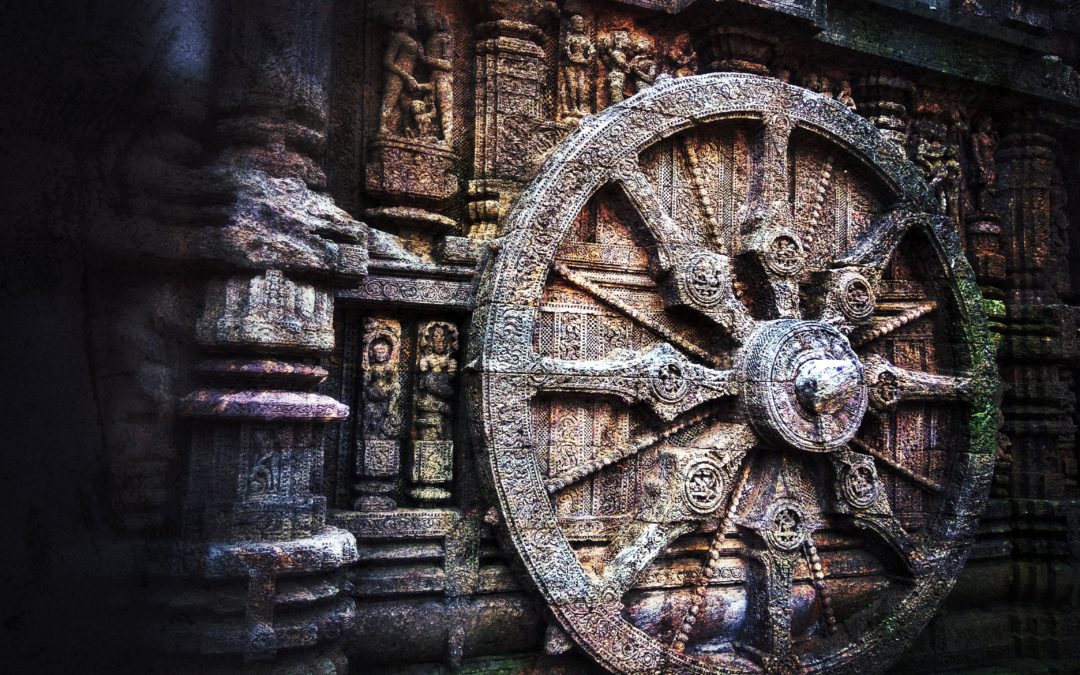It is said that those who forget their own history are condemned to repeat it. Cultural Heritage is part of that history, talks about our beliefs and experiences, it carries us where we came from and grants our identity. Knowing it helps us to understand the problems of the present and preserving it is essential to ensure the new generations can continue learning from it.
Historical building is the wider and most significant cultural heritage set transferredup-to-date, bringing together immovable assets (the buildings themselves) and movable assets (what these contain) of great interest. Therefore, if we want to conserve our heritage we must keep historical building in the finest possible condition. This way we will guarantee its physical integrity and ensure that it can continue to be used by residents and visitors.
Since 2012, conventional buildings in Spain have undergone a periodic inspection known as ITE (Technical Building Inspection), similar to the Vehicle Inspection Test but applied to buildings. This inspection evaluates the adequacy of the assets to the required conditions of safety, healthiness, adornment, habitability, accessibility, use and services, and it applies to buildings older than 50 years with preferably residential use.
So, if buildings from 50 years ago are being inspected, shouldn´ t those built 500 years ago also to be inspected?
The reality is that, as it is raised right now, the conventional inspection is not applicable to historical assets. First, because of the regulation framework, which makes it mandatory in municipalities with a population higher than 25,000 inhabitants, a case that does not represent the built heritage, mostly found in rural areas with a significantly lower population. Secondly, beacause heritage buildings are very rarely used for residential purposes (even in urban areas), and, if so, it tends to occur in fully rehabilitated or newly-built annexed areas, adapted to the uses and customs of the 21 st century. But, above all, the application of the conventional inspection to historical buildings is not feasible because it is obvious that conventional and historical buildings present great construction, materials and use differences, consequently, it must be a specific inspection to verify how they are, just fitting the uniqueness and sensitivity that cultural heritage demands.

This is the origin of the ITEHIS project, which studies the applicability of innovative technologies to the technical inspection of historic buildings older than 100 years, provided with a specific use and subject to be classifiable into one of the major architectural groups: civil, military, religious or industrial. In other words, ITEHIS aims to adapt the already existing buildings inspection to the exceptional features and endless architectural, constructive, functional and aesthetic variations that can be found in historical buildings, also considering the movable assets they contain (organs, altarpieces, stalls, collections,etc.). This is also tight to the broad context od the digitization of Heritage, bringing together all the aspects inspected through HBIM (Heritage-BIM), which we already talked about in a specific post called “The BIM approach: fitting to Heritage?”. Once the inspection is concluded, a report will be delivered, providing improvement measures rating the historical building from 1 to 5. This will allow not only to evaluate its condition, but also to objectively prioritize the resources needed to its conservation. Furthermore, ITEHIS will help to lay the foundations of a specific regulation to guarantee the sustainability of historical buildings through the Spanish Standardization Committee.
ITEHIS, project financed with FEDER funds through the Instituto de Competitividad Empresarial (ICE), is another example of collaboration between a technology centre such as CARTIF and companies committed to Heritage snd the territory they are settled (TRYCSA, ALTEISA and ACITORES), which intend to contribute to those proper conservation through new, more effective ways, so that we can continue knowing, using, enjoying and, ultimately, learning from it.
1 By its acronym in Spanish
- A proper approach to inspecting historic buildings - 10 September 2021
